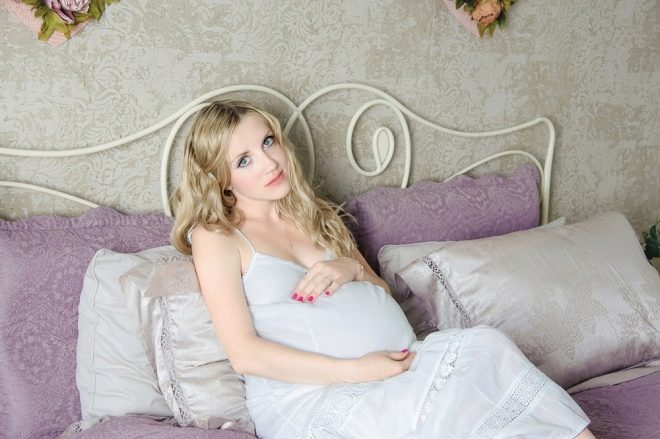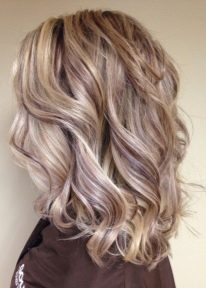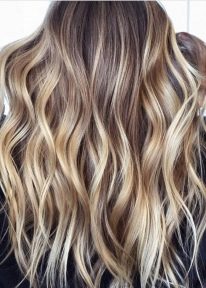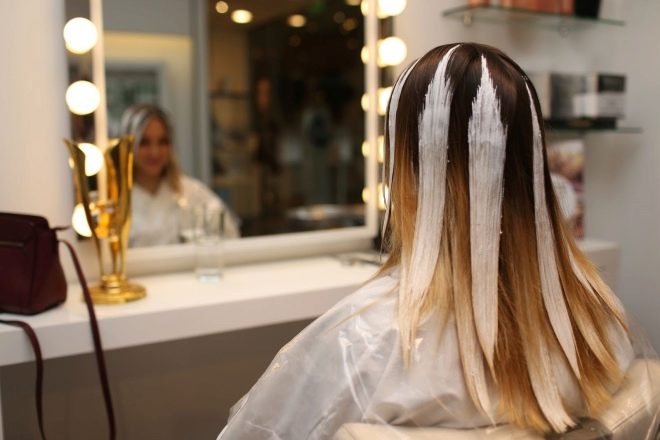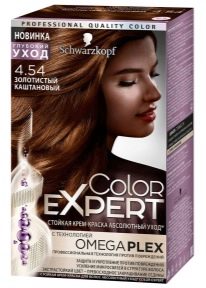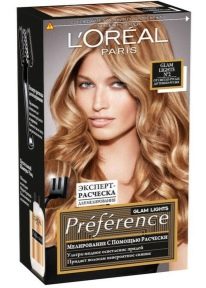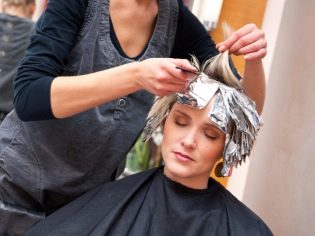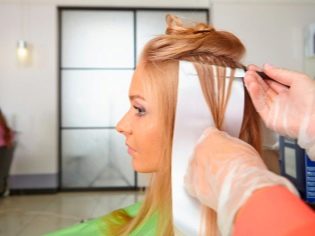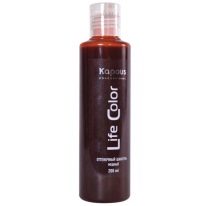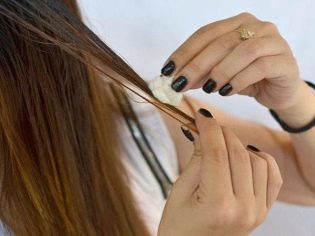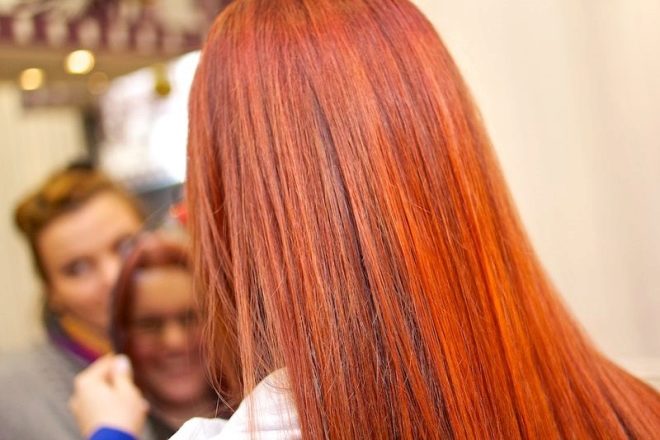Highlighting hair during pregnancy: the pros and cons
Highlighting hair during pregnancy raises many questions in expectant mothers. It would be nice to look good at any time, including during the waiting period of the child, but the fear of the possible negative consequences of many stops.
Is it dangerous?
With the question of whether it is possible to highlight or completely dye their hair, future mothers most often turn to friends, acquaintances, on the Internet, to master hairdressers. But not to the doctors. And in vain. After all, most women believe that pregnancy is not a disease, and therefore it is both possible and necessary to be beautiful. Most hairdressers hold the same opinion. But doctors are not so bright opinion about staining and highlighting.
Consensus regarding hair coloring during pregnancy does not exist. The fact is that for ethical reasons, no clinical trials have been carried out on the effect of the components of paints on the fetus.
But most physicians are inclined to believe that harm from staining in general and highlighting in particular can still be.
The very fact that there is no proven negative impact is already a good reason for medical restriction or prohibition. Hair dyes contain a rich chemical composition, certain components of which can be dangerous for the woman’s health in an “interesting position” and for the baby she carries.
During pregnancy, the sense of smell is acute in almost all women, and the smell of the coloring agent can cause nausea and aggravation of toxicosis. But this is not the greatest danger. The main risk is associated with the fact that through the respiratory system, hazardous chemicals enter the bloodstream more quickly, and many of the ingredients are toxins that are able to overcome the placental barrier.
In the body of a woman there are numerous hormonal changes during pregnancy. They often directly affect the condition of the hair: for example, when there is a shortage of calcium, the hair becomes brittle, and due to the action of high doses of progesterone in some women, the hair becomes greasy and greasy. All this only increases the likelihood of injury to the hair shaft during dyeing, and the dye itself may surprise the expectant mother a lot - sometimes the color is not as expected, it falls unevenly, it does not stick to the hair and is washed off.
Highlighting is a method of coloring, in which the hair does not completely fade, but only partially, and this, on the one hand, makes this method of coloring more preferable during the waiting period of the child than total permanent coloring. On the other hand, harm is not minimized as much as it seems, because a woman inhales poisonous substances anyway.
There is one more minus in highlighting. With full hair coloring during pregnancy, women usually use ammonia-free dyes. For bleaching, they are usually not used, and highlighting is nothing but a variant of partial bleaching, which will require the use of agents based on hydrogen peroxide, ammonia. Paints with a specific dye can be coloring.
Therefore, when asked whether the highlighting is harmful to pregnant women, the answer is obvious: there is a risk of negative impact, but the procedure can still be carried out with certain safety measures.
Possible harm
It is easy to guess what harm can cause paints during pregnancy, because the composition of paints is usually indicated on the packaging. The most dangerous for the woman and the fetus are substances such as ammonia. This substance causes a systemic effect on the internal organs, is able to penetrate the placental barrier. In most pregnant women, the strong smell of ammonia can cause not only allergic reactions, but also signs of respiratory burns. In inexpensive paints contain quite a lot of ammonia, although its amount, in principle, usually corresponds to the standards. Remember that standards were not made for pregnant women. When ammonia enters the placental circulation, the likelihood of toxic damage to the kidneys and lungs of the fetus increases.
The second fairly dangerous substance in the means for highlighting is hydrogen peroxide. This is a strong allergen, besides having a pronounced teratogenic effect. This is followed by persulfates and resorcinol. The first increase the likelihood of immunity. Resorcinol, in the opinion of doctors, is the most dangerous clarifier reagent. It causes hormonal disorders, increases the likelihood of developing cancer.
It is clear that harmful substances do not get into the blood of a woman by inhalation when inhaled, but what is important is not how much specific poison has been taken, but how many names of poisons have leaked into the blood and through the placenta. Up to 80% of hair dyes contain a list of a dozen of harmful toxic substances.
How to reduce risks?
To make highlights or not, it is up to the woman herself to decide. Experts can only provide for her a list of recommendations, if she nevertheless decides that highlighting is necessary for her. Properly performed procedure will help to minimize the risks.
- It is not necessary to highlight hair in the early stages, in the first trimester. During this period, the processes of embryogenesis take place - embryonic structures, organs, tissues, skeleton and muscle tissue are laid, and the placenta as such does not yet exist, but the chorion does not provide a high degree of protection from harmful external factors. If you want to make highlights, it is better to postpone this procedure for a period after 13-14 weeks of pregnancy. By this time, all organs will be formed, the placenta will begin to perform protective functions.
- Do not repeat the procedure too often. The best is one staining for the entire period of childbearing after the second trimester. If necessary, repeat the staining should not do this until three months after the first staining.
- If you choose a color that is as close as possible to the future mom's natural hair color, the need to tint hair often disappears.
- Carry out the procedure in the salon or barber shop. Be sure to inform the master about your “interesting position”, it is possible that this salon has the means for organic dyeing, and perhaps there is something among them that can somewhat discolor individual strands on your head. Make sure that before painting the master gave you an allergy test, and also ask to ventilate the room and ensure that it is constantly ventilated throughout the entire painting process.
- Self-highlighting at home is quite troublesome, but if you decide to ask your girlfriend or household for help, choose paint with great care. Study the composition, try to find products with a minimum of ammonia or its complete absence. Use gloves, paint in a ventilated room to breathe in chemicals as little as possible. Do not forget about the test for allergies, even if it was not previously, it was during pregnancy that the inadequate immune response of the female body to the components of the dye may occur for the first time.Additionally, use a cotton and gauze mask or respirator - this will help reduce the negative impact on the respiratory tract.
If there is any doubt, it is better to postpone the highlighting procedure for later, or you can temporarily start using such means that provide a "volatile" effect from staining - with a tinted shampoo, a tinted gel or a balm.
Highlighting them is, of course, very difficult to do, but nothing is impossible if desired. The harm from such means is minimal, but the effect is also short-lived — the “volatile” dyes are quickly washed away.
Of folk hair dye products, which include onion peel, chamomile decoction, oak bark, practically nothing is suitable for highlighting, since all folk remedies usually give either red or dark shades.
However, it is still possible to achieve a light shimmering effect with the use of lemon juice - it has a slight lightening effect.
You can make coloring with natural henna, creating a golden-red locks. They will greatly decorate a woman with a dark general tone of hair.
How to make light light strands during pregnancy, see the following video.




